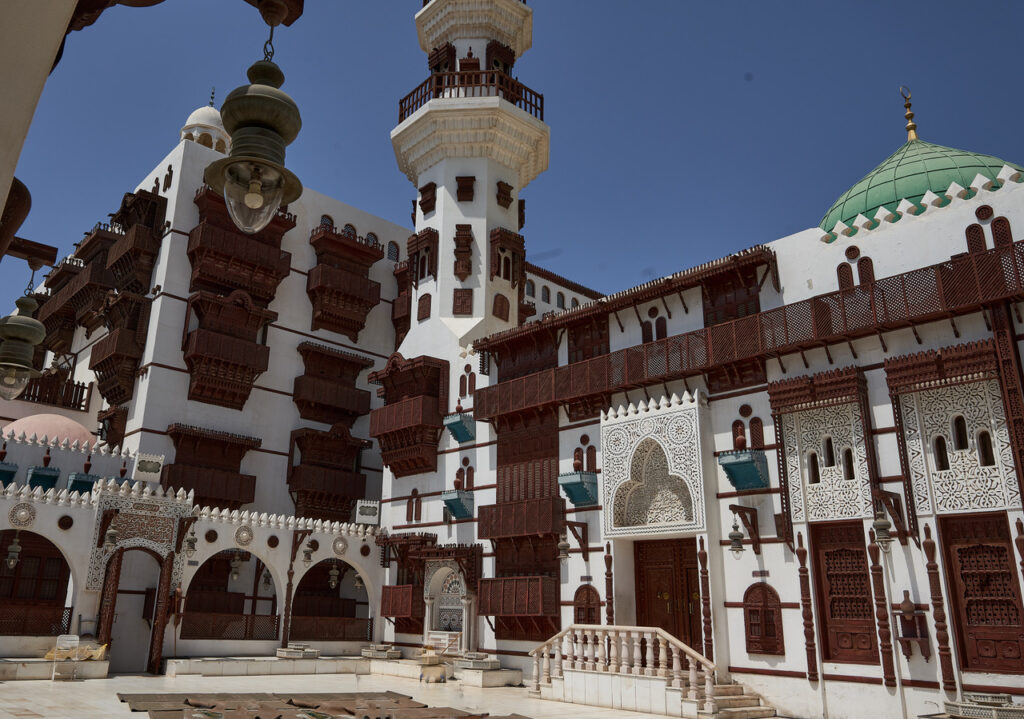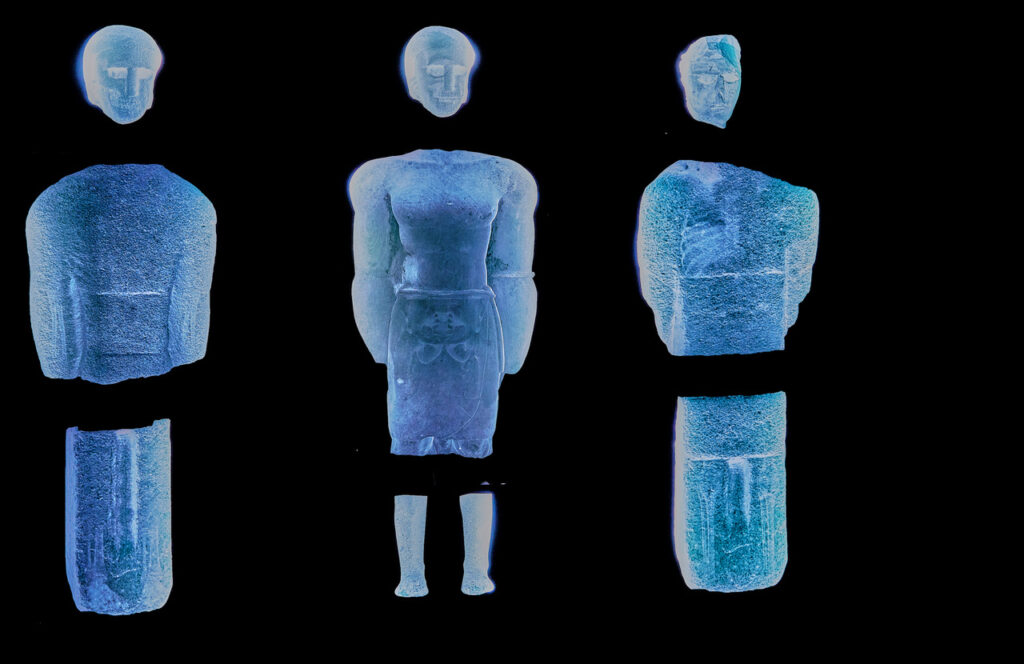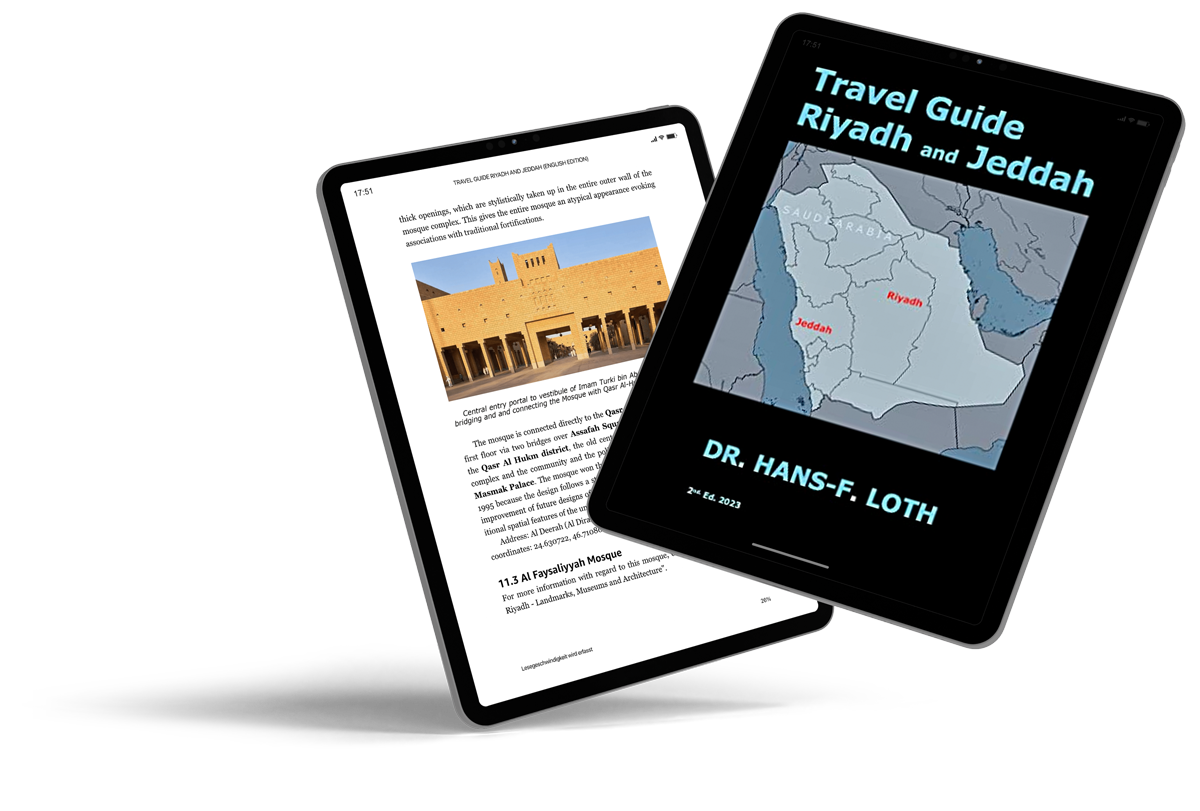Jeddah is „Different“ – Yes!
Jeddah is a lively, vibrant and above all open city. You will notice this in one constellation in particular: art, or rather open-air art.
It is true that Jeddah cannot (yet) boast of “super” museums like those that exist in other metropolises and attract art-interested visitors. But Jeddah, at a time when Saudi Arabia was still somewhat insulated from the rest of the world, has already bequeathed to its population something great to experience on a daily basis, namely a cosmopolitan collection of sculptures by internationally known or lesser-known artists, which is displayed in public spaces throughout the city. The sculptures include works by Jean Arp, César Baldaccini, Alexander Calder, Henry Moore, Joan Miró and Victor Vasarely among other artists.
Open-air art also exists in more or less all, at least major, cities around the world, but Jeddah’s is already impressive because of its large scale. And it is also worth mentioning for another reason: the fact that Islamic tradition forbids the depiction of living beings, especially the human form, has in fact led to some very creative, but also abstract modern works of art that one would otherwise look for in vain.
But let’s start with how it all began: During the oil boom of the late 1970s and 1980s, under the leadership of then-mayor Mohammad Said Farsi, there were municipal efforts to bring art into Jeddah’s public spaces. These plans, which fortunately came to fruition, have made artworks an integral part of the public realm and part of the city’s planning to this day. For you as a tourist, it can be an invigorating task to track down at least some of the artworks, some of which are located in different parts of the city. In this way, you can – by the way – also explore the city quite informally and get an overall impression of it in a relatively short time.
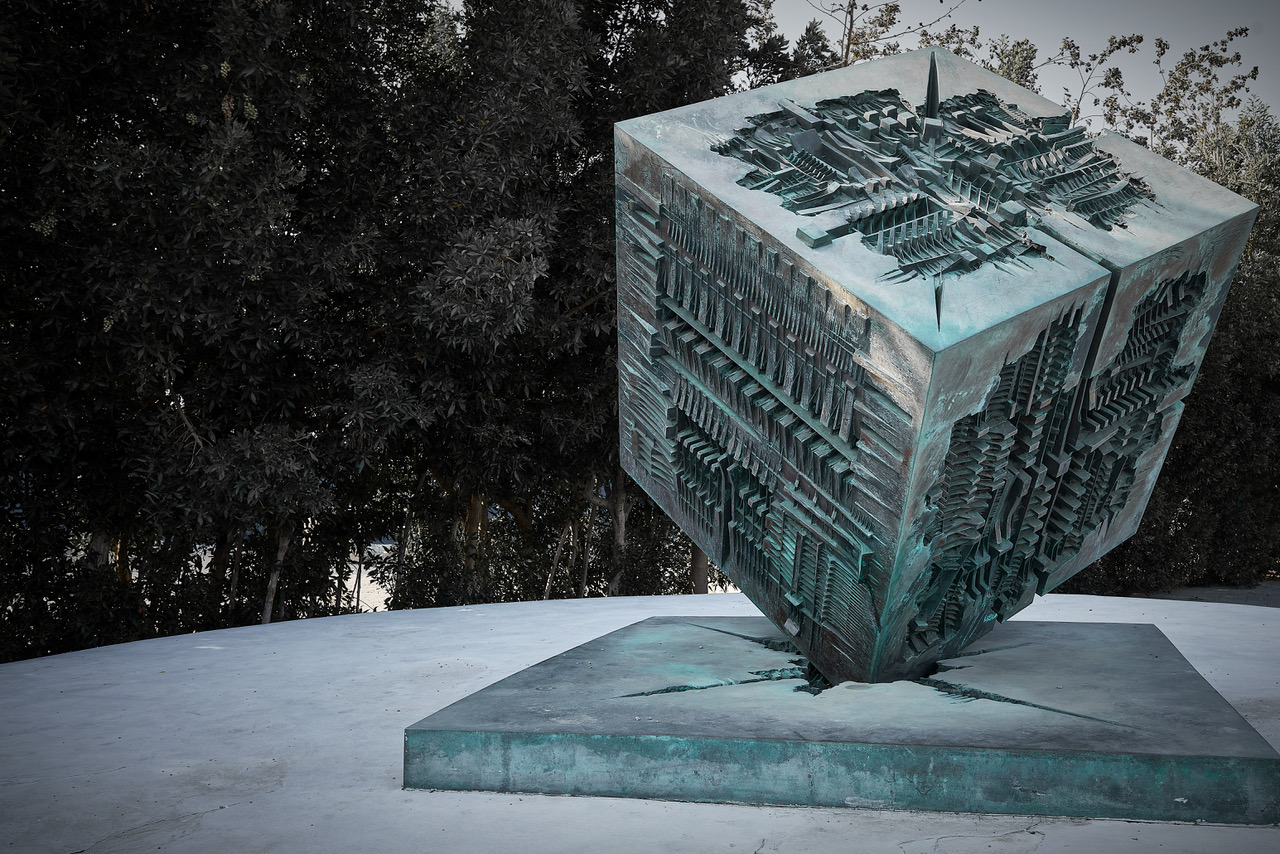
Jeddah Sculpture Museum
Unfortunately, the ravages of time and extreme climatic conditions were gnawing away at the artworks, so in 2011 the municipality decided to launch a restoration project and move 21 statues to the Middle Corniche and concentrate them there, creating a large open-air art venue called the Jeddah Sculpture Museum in the Al Hamrah neighbourhood. Since the restoration of the artworks is an ongoing process, there is no guarantee that all artworks will always be on display at the same time; therefore, some may be missing. It should also be noted that the entire Corniche is currently undergoing a modernisation program, so there may also be changes to the artworks on display. Maha Mallouh’s sculpture, for instance, entitled “Food for Thought” is depicted in the Chapter „Jeddah’s Corniche“.
Address: Jeddah Sculpture Museum: between Middle Corniche and Al Kurnaysh Br Road / Al Andalus Street, a few meters north of Al Anani Mosque (also called Hassan Anani Mosque).
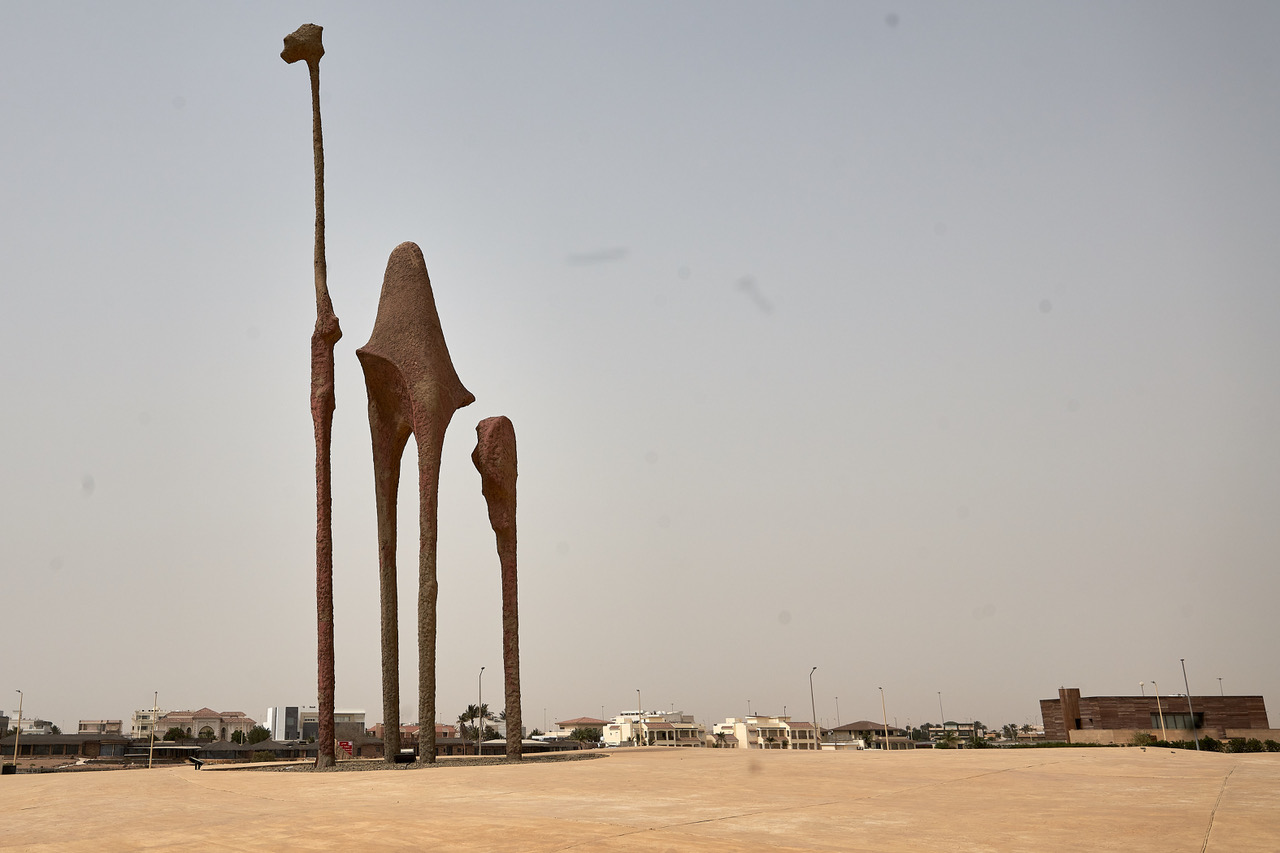
Places of Open-Air Art
The remaining statues are still located in traffic circles or in the middle of squares, busy streets and avenues, making Jeddah – as mentioned – one of the largest open-air art galleries in the world. Take, for example, Rabi Al Akhras’ magnificent two-camel sculpture in the north of the city, which dominates a huge, otherwise empty traffic circle. The two camels (one of them being depicted) consist of an extremely tall, three-part structure that molds into a stylized and abstract camel depending on the viewer’s position as he or she drives around the traffic circle – terrific, in my personal opinion.
Unfortunately, because Jeddah is huge and has so far relied on the city’s enormous car traffic and major and important arterial roads, this also means that some of the artwork in traffic circles or in the middle of streets is not easily accessible to pedestrians. This would definitely need to be improved.
In my ebook “Dr. Hans-F. Loth – Travel Guide Riyadh and Jeddah” I have depicted a number of these sculptures and given a summary of the artists and the places where the works are exhibited. So if you want to know more about the subject, may I refer you to this further source.
